‘Mouse randomly disconnecting and reconnecting’ [Try these Fixes]
Several users have been reaching us with questions after getting increasingly annoyed by the fact that their mouse is randomly disconnecting and reconnecting while they are using it. This issue is confirmed to occur with both the newer USB-format mouses and older models that are still using a PS/2 port. The vast majority of user reports are occurring on Windows 10. Some users are suggesting that the issue started to occur after they installed a pending Windows 10 update.
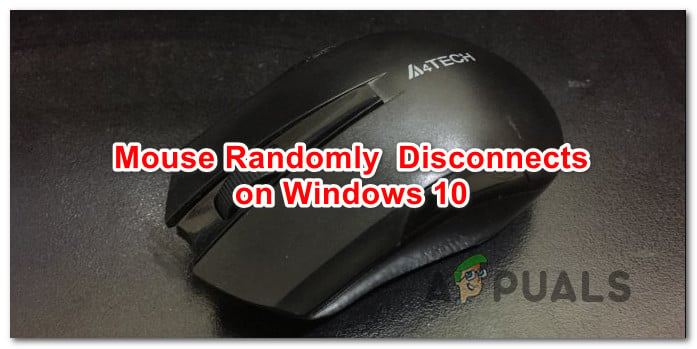
What is causing random mouse disconnects on Windows 10?
We investigated this particular issue by looking at various user reports and the repair strategies that are commonly being used to fix this particular problem. As it turns out, there are multiple potential culprits that are known to cause this issue:
- Mouse hardware defect – It’s possible that you’re experiencing this issue due to a hardware defect. In this case, you should make the necessary verifications to ensure that you’re not dealing with a faulty mouse. You can do this by connecting the mouse to a different device and seeing if the random disconnects are still occurring.
- Automatic USB Suspend is enabled for the HID device – Another potential culprit is a USB specific issue called USB suspend. If the HID device is configured to make use of Automatic USB suspend, you might experience mouse disconnects during idle periods. In this case, you should be able to resolve the issue by disabling automatic USB suspend mode via Device Manager.
- USB Suspend is enabled for the power plan – Even if you ensured that the USB port is not permitted to use Selective suspend, your current power plan might override that setting and turn the feature back on. If this scenario is applicable, you can resolve the issue by modifying your power plan to stop using USB selective.
- An EMI is causing the random mouse disconnects – As several users have reported, this particular issue can also occur due to constant electromagnetic interference. Based on user reports, this is commonly occurring on portable computers (laptops, ultrabooks, etc) by portable fans and coolers that are connected through USB. In this case, you should be able to resolve the issue by disconnecting the device responsible for the EMI.
- Outdated or corrupted driver version – The random disconnects are reported in conjunction with an incomplete, outdated, or incorrect mouse driver. In most cases, the issue is created by Windows Update (WU) because it installs the wrong driver. If this scenario is applicable, you should be able to resolve the issue by uninstalling your current driver and installing the latest version from your manufacturer’s website.
- Windows 10 glitch – Around June 2018, Microsoft introduced an update that is known to cause random disconnects with USB connected peripherals. Since then, MS corrected the issue by a hotfix available on all Windows 10 versions. So if this scenario is applicable, you should be able to resolve the issue by installing every pending update.
- Power draw issue – Your PSU (Power Supply Unit) can also be responsible for these random mouse disconnects. If your USB-connected devices are drawing more power than your PSU is capable of supplying, you might encounter this issue. In this case, you should be able to solve the problem by upgrading to a better PSU or by getting a USB hub with an external power adapter.
If you’re currently trying to resolve this mouse problem on your Windows 10 computer, this article will provide you with some troubleshooting steps that should help you in resolving the issue. Down below, you’ll find a collection of methods that other users in a similar situation have successfully used to fix the random mouse disconnects.
Each of the potential fixes featured below is confirmed to be effective by at least one affected user. If you want to remain as efficient as possible, we advise you to follow the methods in the order that they are presented since they are ordered by efficiency and severity.
Let’s begin!
Method 1: Verifying if your mouse is working correctly with other devices
Before you try any of the other potential fixes present below, it’s important to make the necessary verifications to ensure that you’re not actually dealing with a faulty mouse. It’s possible that you’re USB cable/dongle is not working properly and is somehow causing the disconnections.
To cross this potential culprit from your list, simply connect the mouse to a different device and see if the issue is still occurring. If you don’t have a different computer, connect it to a smart TV or even to your Android device if you have an OTG cable.
If the disconnects are still happening, it’s clear that the issue is not isolated on Windows 10 and is not related to the mouse drivers. In this case, the only acceptable solution is to send your mouse in for repair (if you still have a valid warranty) or consider getting a new peripheral.
If the issue does not occur on a different device, at least you managed to isolate the issue to Windows. In this case, follow the method down below for a different repair strategy.
Method 2: Disabling Automatic USB suspend for HID Device
Most affected users have reported that they managed to resolve the mouse issue on Windows 10 by disabling USB suspend. This feature allows the hub driver to suspend an individual port without affecting the operations of the other ports on the hub. Selective suspensions is a useful feature to have enabled (especially if you want to conserve power), but it’s known to cause disconnection issues with peripherals.
If you notice that your mouse tends to disconnect during idle periods, chances are you will be able to resolve the problem by disabling Automatic USB suspend from the Power Management tab of your mouse properties. Here’s what you need to do:
- Press Windows key + R to open up a Run dialog box. Then, type “devmgmt.msc” and press Enter to open up Device Manager. If you’re prompted by the UAC (User Account Control), click Yes at the prompt to grant admin privileges.
- Once you’re inside Device Manager, expand the drop-down menu associated with Human Interface Devices.
- Then, from the list of HID devices, right-click on your mouse and choose Properties from the context menu.
Note: I’m using a Logitech mouse in my test. - When you’re inside the Properties screen of your mouse, select the Power Management tab from the list of menus.
- From the Power Management tab, uncheck the box associated with Allow the computer to turn off this device to save power.
- Click Ok to save the changes, then restart your computer to enforce the change.
- Once the next startup sequence is complete, test your mouse and see if the issue has been resolved.
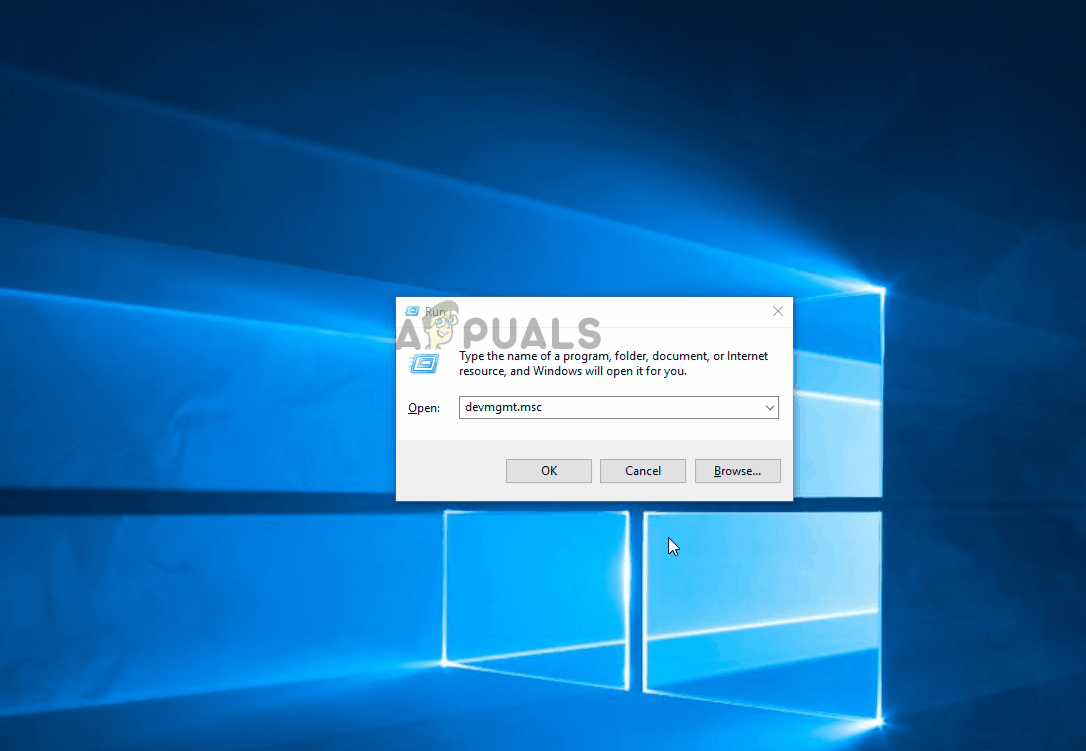
If you’re still encountering random mouse disconnects even after disabling USB suspend, move down to the next method below.
Method 3: Disabling USB Selective suspend via Power Options
A more elegant way to disable USB suspend is to do it from the Power Options menu. Several users that also encountered random disconnects have reported that this procedure has allowed them to fix the problem. So if you weren’t able to follow Method 2 or you’re not sure that you disable USB suspend correctly, you can follow this procedure for a more focused approach.
Here’s a quick guide on disabling USB Selective suspend via the Power Options menu:
- Press Windows key + R to open up a Run dialog box. Then, type “powercfg.cpl” inside the text box and press Enter to open the Power Options menu.
- Once you’re inside the Power Options windows, click on the Change plan settings button associated with the power plan that is currently active
Note: If you’re constantly cycling between multiple power plans, repeat the procedure below with each power plan. - Inside the Edit Plan Settings, click on Change advanced power settings.
- Once you get to the Power Options, scroll down through the list of settings and expand the menu associated with USB settings.
- Then, expand the USB selective suspend setting menu and set the drop-down menus of On Battery and Plugged In to Disabled.
- Click Apply to save the change, then restart your computer.
- Once the next startup sequence is complete, see if you still experience random disconnects.
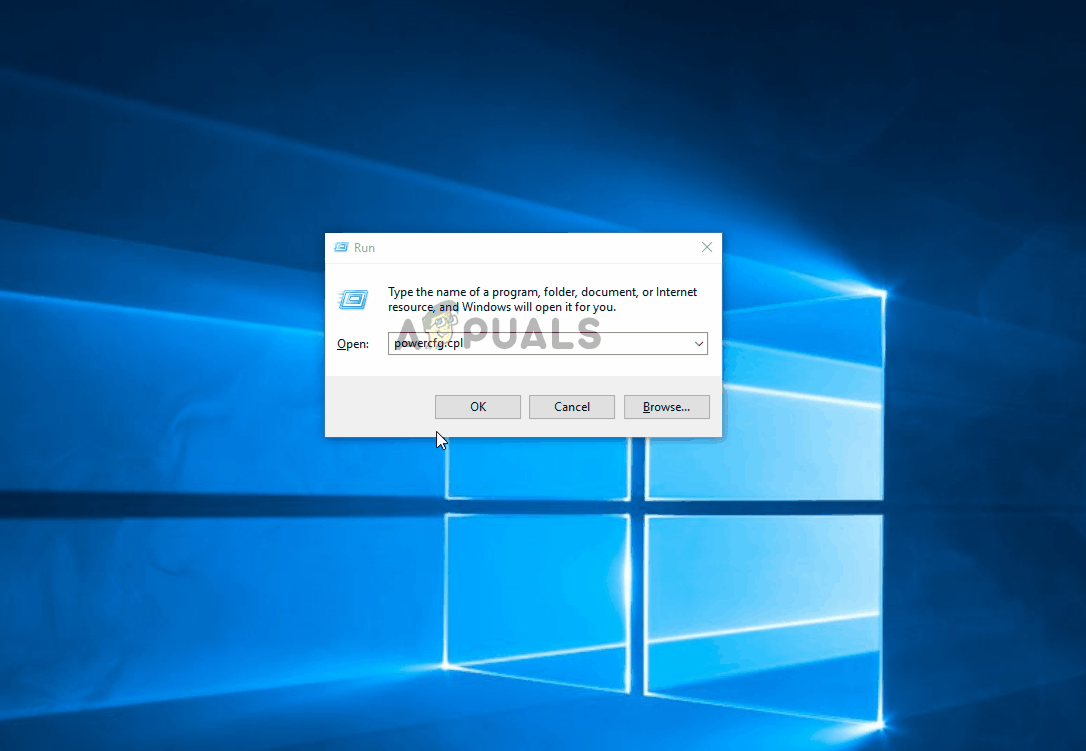
If the issue is still not resolved, move down to the next method below.
Method 4: Resolving an Electro-Magnetic Interference (EMI)
An unlikely culprit but a fairly common one is electromagnetic interference or pulse that is temporarily disconnecting the mouse. If you’re experiencing random mouse disconnects while you are actively using the mouse, you might want to investigate this scenario.
Several users that have also been encountering this issue have reported that they identified the culprit as being another USB connected device that was causing the interference that ended up affecting other USB-connected devices.
In most cases, this particular scenario is encountered on laptops and ultrabooks that use a cooler which includes a fan. If this scenario is applicable to your current situation, try disconnecting your custom cooling solution and see if the random disconnects are stopping.
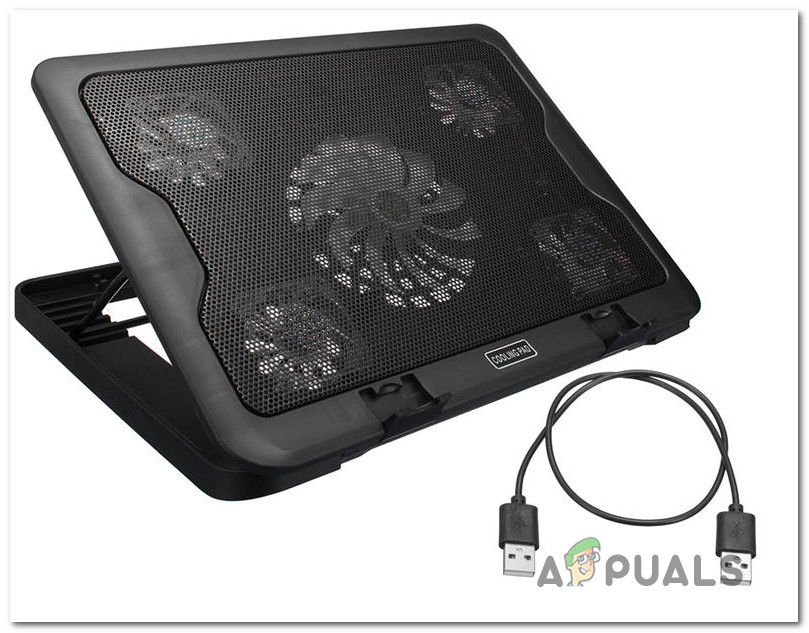
If this procedure didn’t resolve your issue or wasn’t applicable to your particular scenario, move down to the next potential fix below.
Method 5: Downloading the latest driver version for your mouse
If you previously determined that the issue only occurs while the mouse is connected to your Windows 10 computer, chances are you’re dealing with a driver issue. Even though Windows 10 is theoretically equipped to automatically update and installs the newest driver versions from your connected devices (including peripherals), in reality, this doesn’t always happen.
It’s possible that after a Windows update, your OS installed the wrong driver version, which ends up creating disconnection issues. Several affected users that found themselves in a similar situation have managed to resolve the issue by uninstalling the current mouse driver version and downloading the latest version from the manufacturer’s website.
Here’s a quick guide on how to do this:
- Press Windows key + R to open up a Run dialog box. Then, type “devmgmt.msc” inside the text box and press Enter to open up Device Manager. If prompted by the UAC (User Account Control) prompt, click Yes to grant admin access.
- Once you’re inside Device Manager, expand the drop-down menu associated with Mice and other pointing devices.
- Next, right-click on HID-compliant mouse and choose Properties from the context menu.
Note: If you have multiple HID-compliant mouse listings, it’s because you have connected multiple peripherals of this type to your computer. In this case, repeat the instructions below with every HID-compliant mouse listing. - Inside the Properties screen of the HID-compliant mouse, select the Driver tab from the menu bar at the top and click on Uninstall Device.
- When prompted by the Uninstall Devices window, click on Uninstall once again to confirm the action.
- Once the uninstallation is complete, open your browser and search online for “*Mouse Model* + *Manufacturer* + driver. From the search results, look for the official download page. My mouse is made by Logitech, so I downloaded the latest driver version from support.logitech.com
Note: Keep in mind that “mouse model” and “manufacturer” are simply placeholders. Replace them with the actual model and manufacturer of your mouse. - After the installation executable is downloaded, open it, and follow the on-screen prompts to complete the installation.
- When the installation is complete, restart your computer and see if your mouse is functioning normally (without random disconnects) once the next startup sequence is complete.
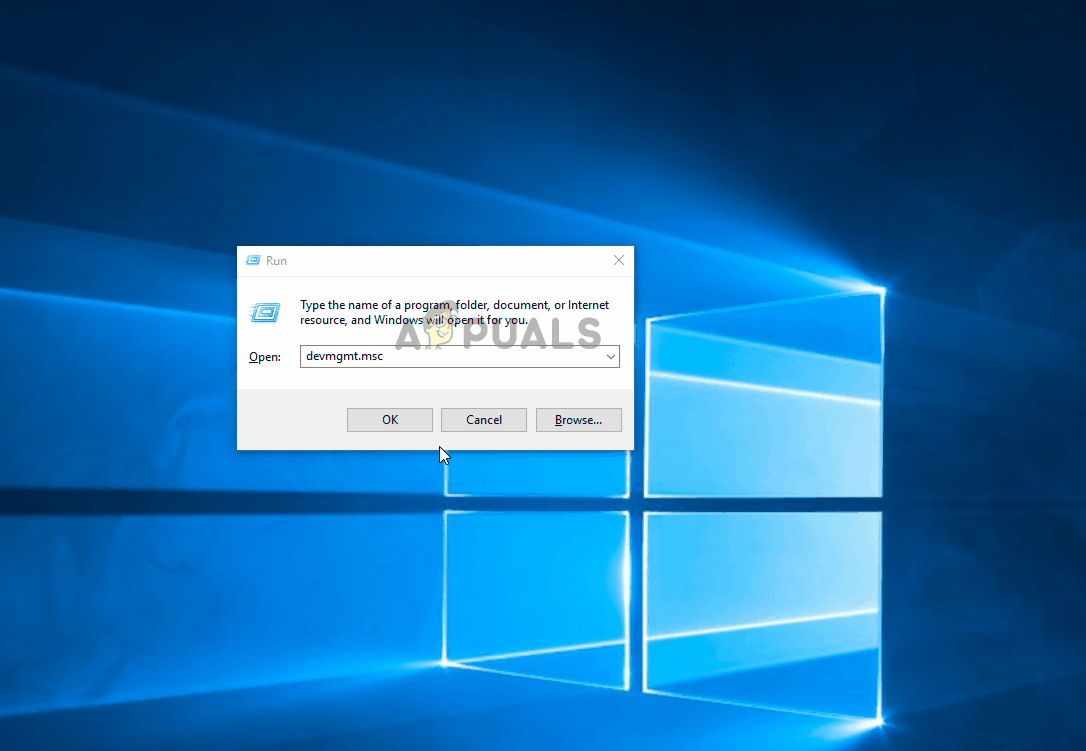
If the same random disconnects are still persisting even after you’ve ensured that the latest driver version is installed correctly, move down to the next method below.
Method 6: Installing any pending Windows update
As it turns out, this particular issue can also be caused by a Windows 10 glitch introduced with an update released in June 2018. Microsoft has been quiet about this problem, but there has been a surge of tickets after the update was pushed with users getting random disconnects – this glitch only seems to affect USB-connected mouse devices.
Fortunately, Microsoft patched this quietly after a couple of weeks. So if you think the issue might be caused by a glitch and you’re not up to date with the Windows updates, then installing any pending update should allow you to resolve the issue very easily.
Several affected users have reported that the random mouse disconnects stopped after they installed all Windows 10 pending updates. Here’s a quick guide on how to do this:
- Press Windows key + R to open up a Run dialog box. Then, type “ms-settings:windowsupdate” inside the text box and press Enter to open up the Windows Update tab of the Settings app.

Opening the Windows Update screen - Once you’re inside the Windows Update tab, click on Check for updates.
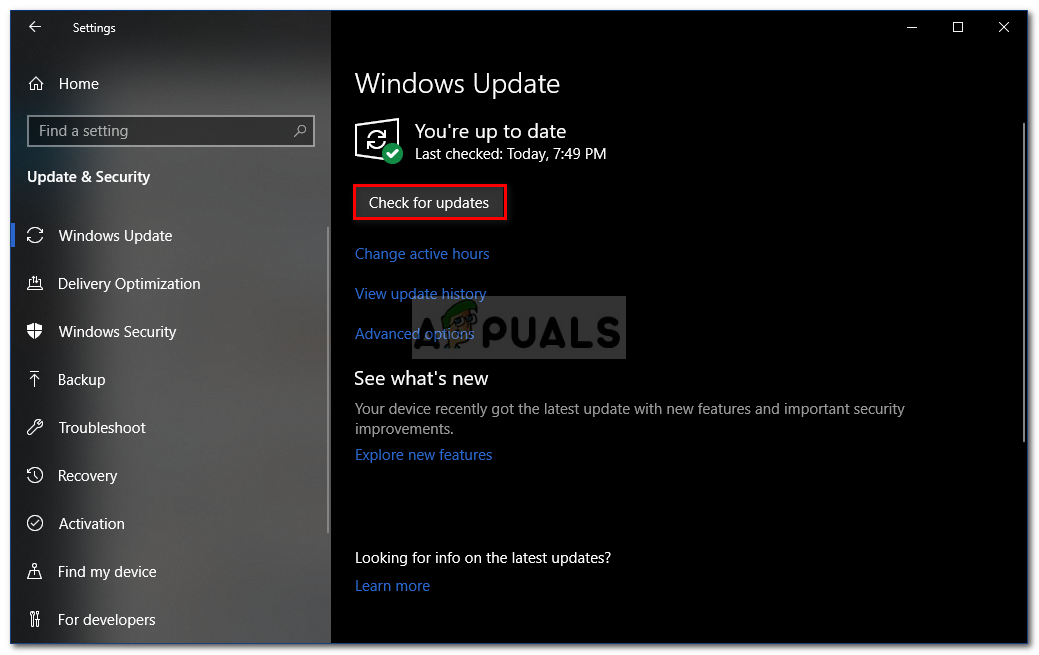
Windows Update Settings - Once the analysis is complete, follow the on-screen prompts to install all pending Windows updates until your OS is up to date. If you’re prompted to restart, do so and then make sure to return to the Windows Update screen and install the rest of them.
- Start using your mouse normally and see if the issue is still occurring. If you’re still encountering random disconnects, move down to the next method below.
If the issue is still occurring even after you’ve updated your Windows 10 system to the latest build, move down to the next method below.
Method 7: Resolving the Power draw issue
As it turns out, this particular issue can also occur due to a power draw problem. If your power supply unit (PSU) is not sufficient to sustain all your USB connected devices, you might experience random mouse disconnects because your system is unable to the required power.
This is specifically reported to occur with configurations that have external hard drives connected through USB. If this scenario is applicable to your current situation, try to remove the external hard drive and see if you still get random disconnects.
If the disconnects stop and you plan on fixing the issue without losing any functionality whatsoever, you have two ways forward:
- Get a higher PSU (power supply Unit) that is able to provide more power to your USB connected devices. Of course, this is only applicable to desktop configurations
- Get a USB hub with an external power supply. This should be the fix if you’re encountering the issue on a laptop or ultrabook. USB hubs with included power adapters will take the load of your PSU, stopping the random disconnects.
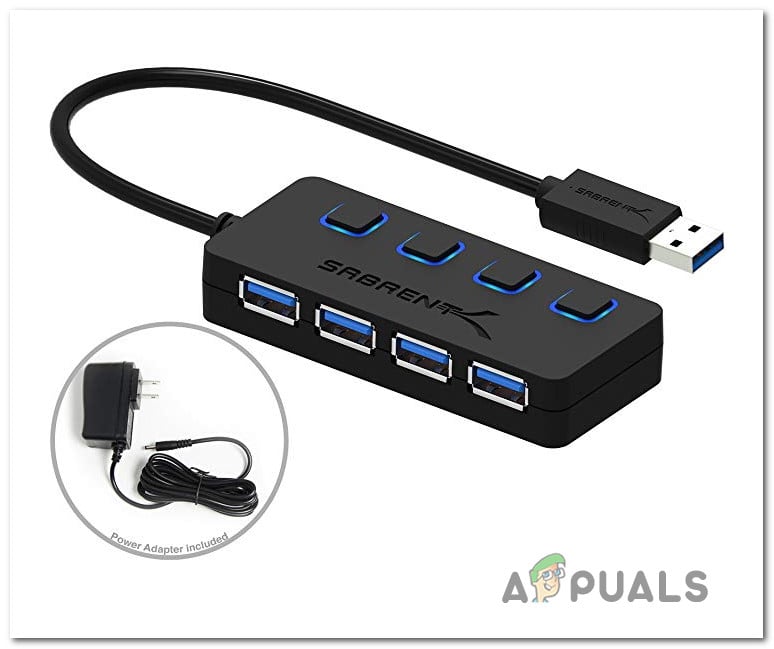
If the issue is still occurring, move down to the next method below.
Method 8: Performing a System Restore
Several users reports seem to suggest that the issue can also be caused by Registry corruption. As it turns out, the random mouse disconnects can occur in situations where the device enumerator located at HKEY_LOCAL_MACHINE\SYSTEM\CurrentControlSet gets corrupted. This can occur for several different reasons.
Several affected users in which this scenario was applicable have managed to resolve the issue by performing a system restore., restoring the machine to a healthy state where the registry wasn’t corrupted.
If you only started to get random disconnects recently, you should be able to fix the issue by returning your registry to a healthy state. Here’s a quick guide on how to do this:
- Press Windows key + R to open up a Run dialog box. Then, type “rstrui” inside the text box and press Enter to open up the System Restore wizard.

Opening the System Restore wizard via Run box - Inside the first System Restore wizard, click Next to advance to the next menu.
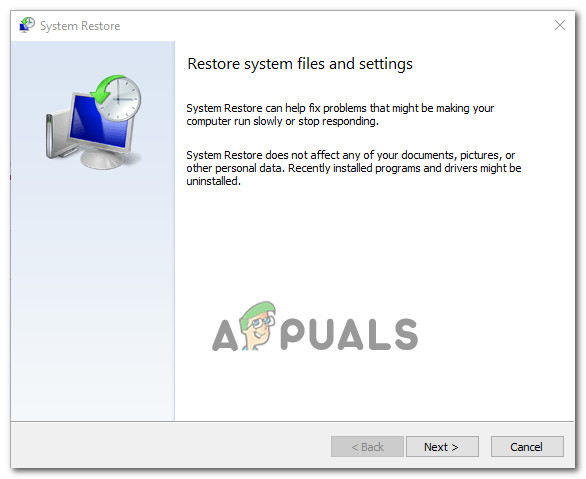
Getting past the initial screen of System Restore - Next, check the box associated with Show more restore points, then select a system restore point that is dated before you started experiencing the random mouse disconnects and click Next.
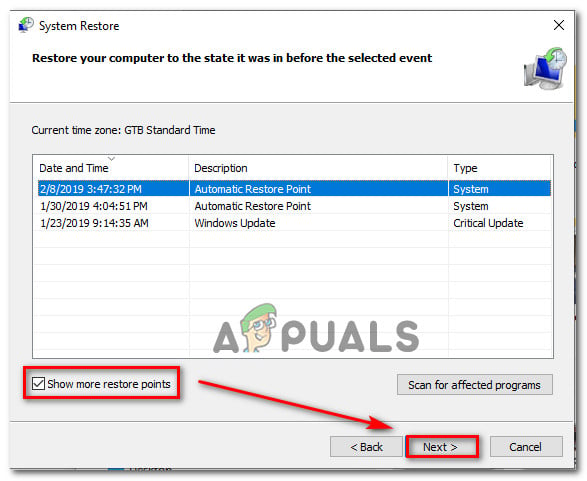
Restoring your system to a previous point in time Note: Keep in mind that once you go past this step, all changes that you made since the restore point was saved will be lost once the procedure is complete.
- Click Finish to click start the process. Your computer will restart and the older state will be enforced at the next startup. By the end of it, your computer will be restored to the exact state it was when the restore point was created.

Starting the System Restore process




